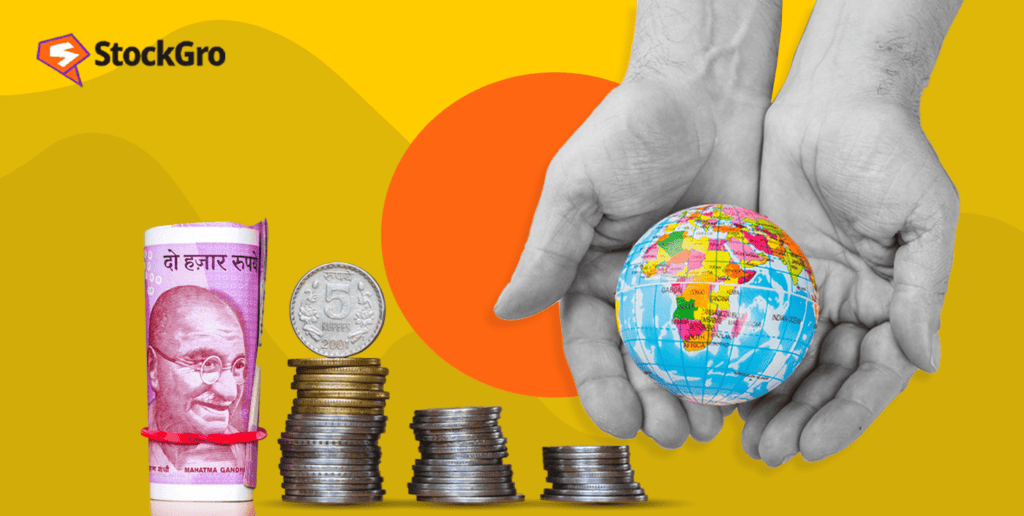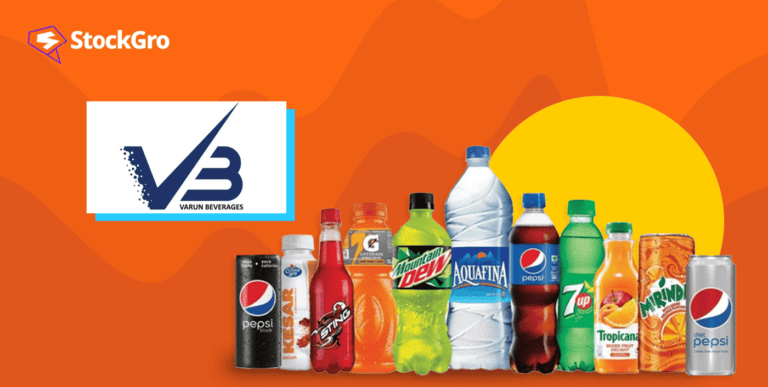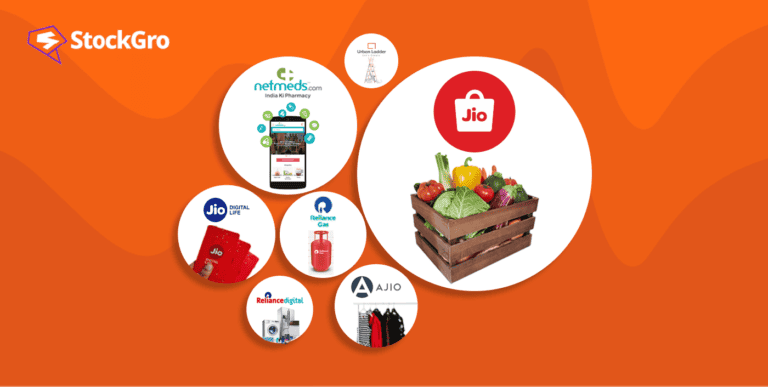
Economic value is the worth a person sees in a good or service, based on the good they get from it. It’s often gauged by what a person is willing to pay for it, usually counted in units of currency. Economic value is different from market value, which is the market price for a good or service that can be more or less than the economic value a person puts on the good.
You may also like: The market value effect – how can it make or break your investments?
What is economic value?
Economic value is the worth a person attaches to a good or service, because of the benefit they derive from it. Measuring economic value can be tricky as it’s subjective, but there are ways to guess it.
Producers use guesses of economic value to fix prices for their items, keeping in mind both visible and invisible things like brand name.
Understanding economic value
A person’s likes and dislikes decide the economic value of a good or service, and what they will give up to get it. Take a person with an apple for example. The economic value of the apple is the good they get from using the apple. If they plan to eat the apple, the economic value is the joy and health they hope to get from it.
The apple’s economic value doesn’t come from anything special about the apple, but entirely from what the person thinks of the apple and how they relate to it. While the apple’s features might affect how the person uses the apple, the only source of economic value for the apple is the person’s thought of how well an apple of that quality will meet their need.
Also Read: Enterprise value: What does it tell you about a company’s worth?
Economic value of consumer goods
Measuring economic value is tough as it’s based on personal choices. There are methods to guess this value though.
Willingness to pay
A simple way to see how much value people give to a good is by seeing the price they pay. When you buy something, you trade money for it. The choice to buy shows you value the good more than the money. So, the price paid tells us about the economic value of the good.
Hedonic pricing
Another method is hedonic pricing. This uses past sales data to guess the value people give to different features of a good. These features decide how useful the good is to someone, hence deciding its economic value. By looking at how features affected prices in past sales, the economic value of a good can be estimated.
Economic value in marketing
Companies use economic value to decide the prices of their items. They consider both the real value based on use and the added value based on feelings towards the product.
For example, a durable pair of sneakers has real value as it’s useful in sports. But if it has a popular brand label, it gets added value. Marketers try to understand how much value people see in these sneakers by using surveys or group discussions.
How to measure economic value?
Economic value shows what a person values a thing like a bread loaf at, by seeing the most of other items they will let go to get that bread loaf. Take a simple case where a person only chooses between bread and paratha. The value of a bread loaf is seen by how much paratha they are ready to let go to get another bread loaf.
So, economic value is checked by most people who are ready to let go of other goods and services to get a good, service, or state. Rupees are a common way to see economic value in a market system since the number of rupees a person is ready to pay for something shows how much of all other goods and services they are ready to let go to get that item. This is often named “willingness to pay.”
Economic value & net economic benefit
The aim is to find out the net economic benefit of a product or a service to make choices on what resources to use, following economic ideas. This is seen, for individuals, by the price people are ready to pay, more than what they actually pay. So, two products selling at the same price may have different net benefits.
Also read: The fair value method of asset valuation
Wrapping up
Economic value is what a person thinks a thing is worth based on the good it does for them. This worth is often guessed based on what amount of money they are ready to pay for it, usually counted in rupees. In places where buying and selling is free to happen, it’s the highest amount a buyer is ready to pay for a thing. This amount can be different from one buyer to another, as it depends on what the buyer thinks of the thing and how they act while buying.

